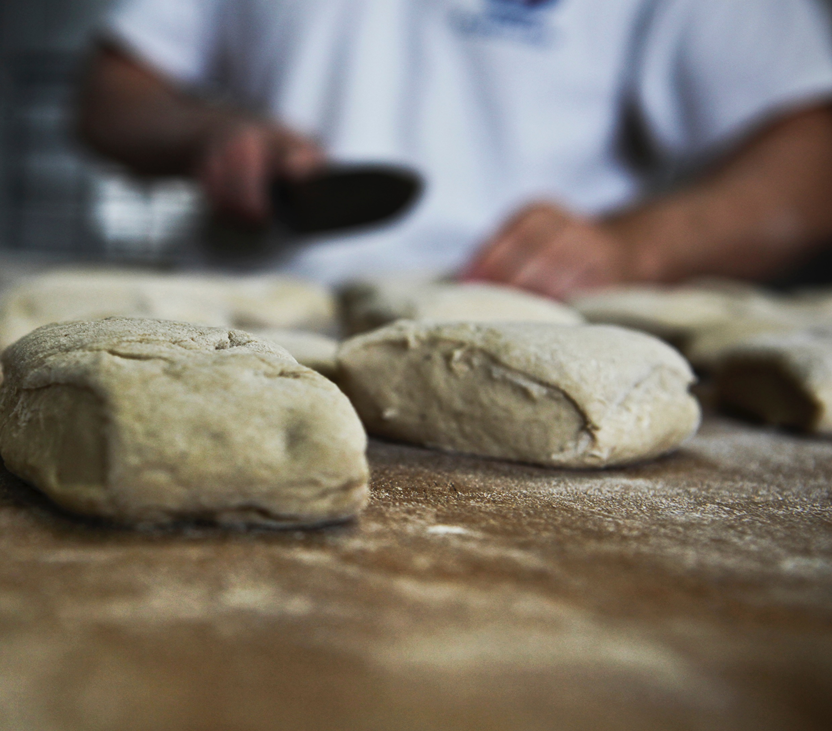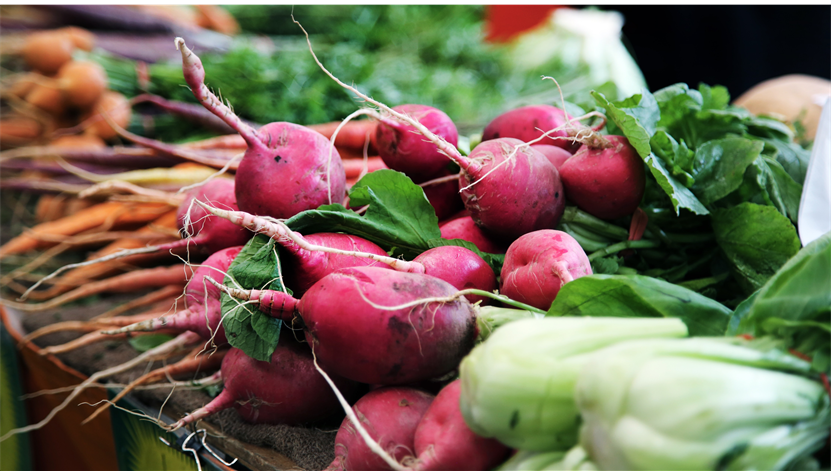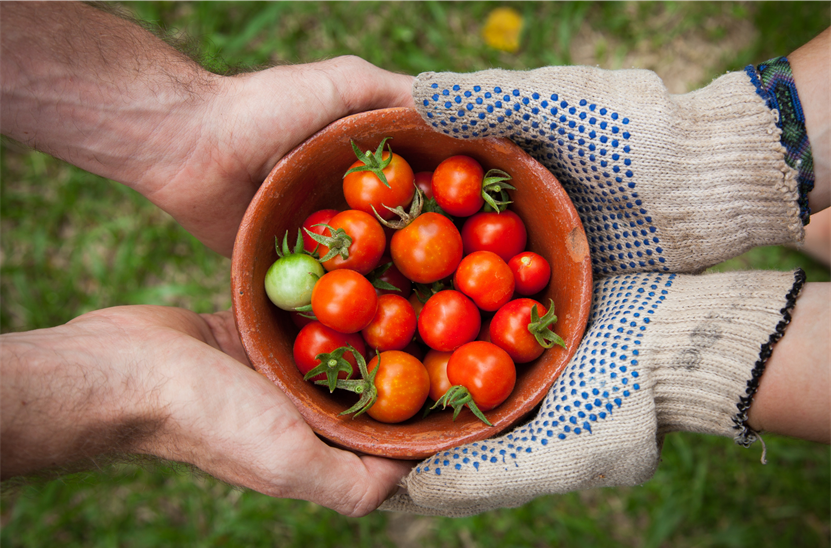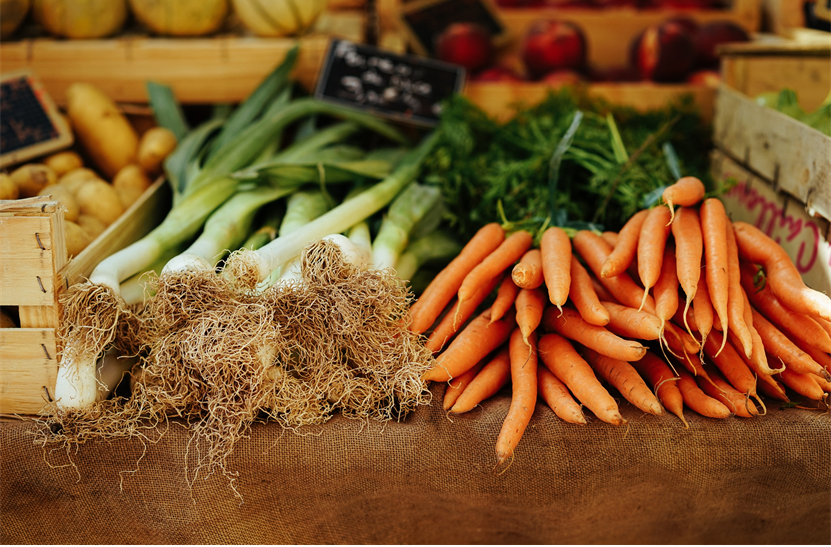What is the role of consumers in agro-ecological food systems?
These days the most appreciated value is our health. You cannot buy good health, but you may change your behaviour seeking for it. Agro-ecology is closely related to diet-based ill or health, even malnutrition in some situations, consumer everyday choices etc.
Watch this video to get to know more about how agroecology can help providing healthy solutions and how UNISECO promotes this:
The UNISECO project sought to help raising awareness and gain knowledge about agroecology and it’s benefits in general. It is important to emphasize, that agroecology not only helps to ensure healthy food, but also provides strategies to ensure enough food as traditionaly dominant agriculture fails to do so in the long-time perspective. Therefore agro-ecological production is key to a sustainable future.
Aside the very important health issue, the other side of the coin is – how the production of the food you eat can contribute to the environment. Farmers can support biodiversity and contribute to maintenance and production of ecosystem services. Consumers may have a big impact by making an informed decision when choosing the source of their food. Accordingly forming a demand for agro-ecological goods is an important part of creating more markets where this demand can be fulfilled. As consumers we must understand that our everyday decisions are deeply connected with the source of the goods we acquire and many changes in biodiversity depend on that.
How to identify and support positive change in our everyday choices?
The UNISECO project offers very interesting findings across a set of case studies in different geographical and cultural settings.
View our case study storymaps to know more about what drivers and barriers are faced in specific agro-ecology field, including – how consumer were involved and what issues were expressed. Stories cover different themes – from carbon neutral milk or sustainable fruit, to water quality or keeping it small in dairy farms, so consumers around Europe might find one or a couple most relevant for you.



